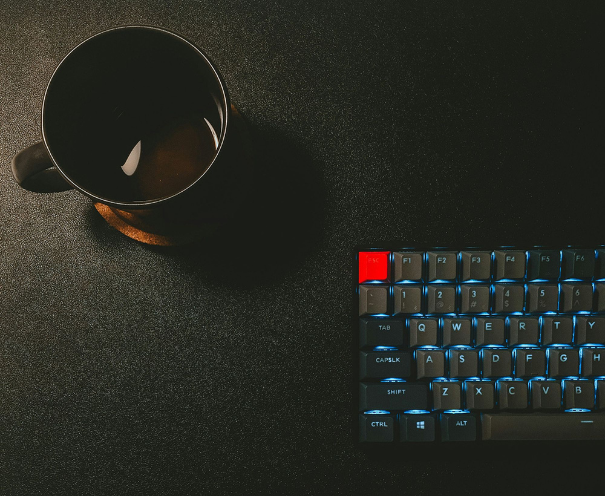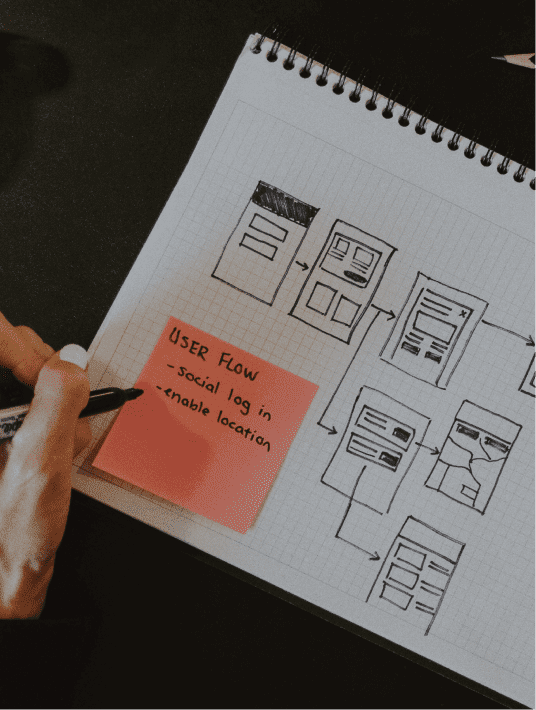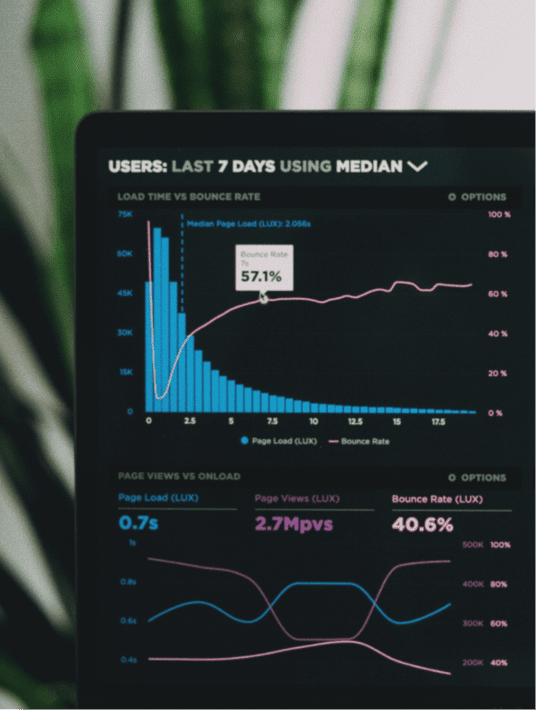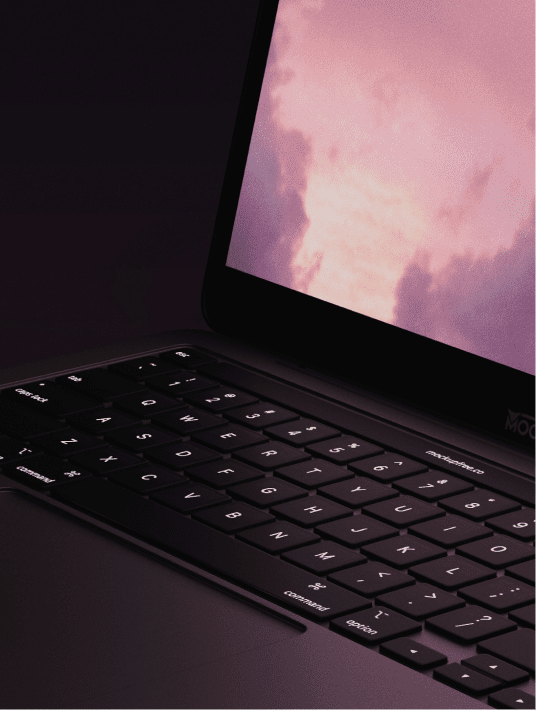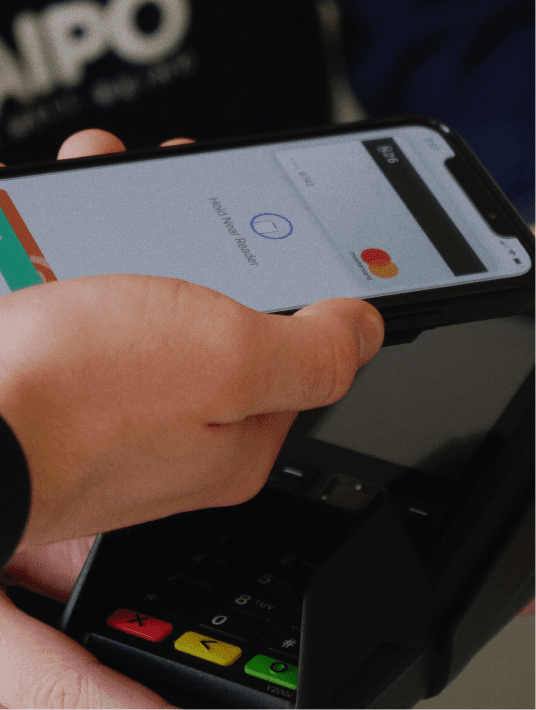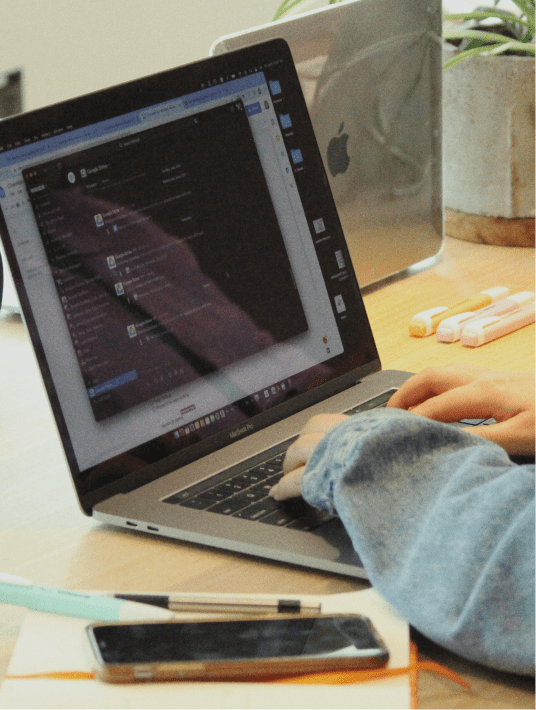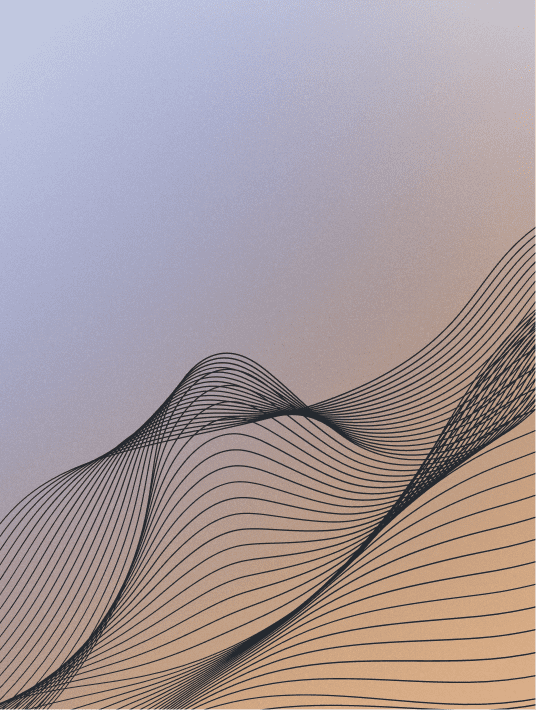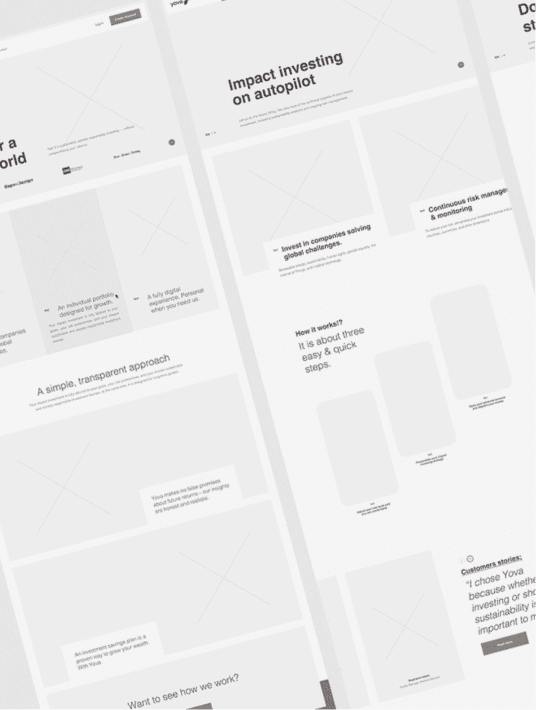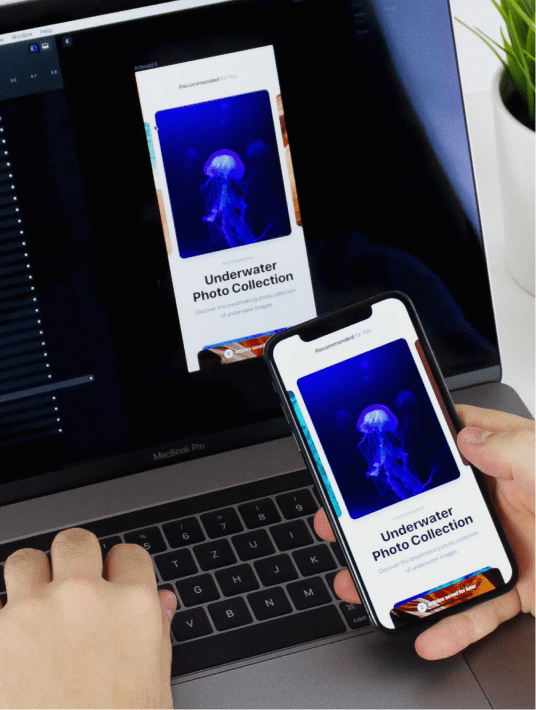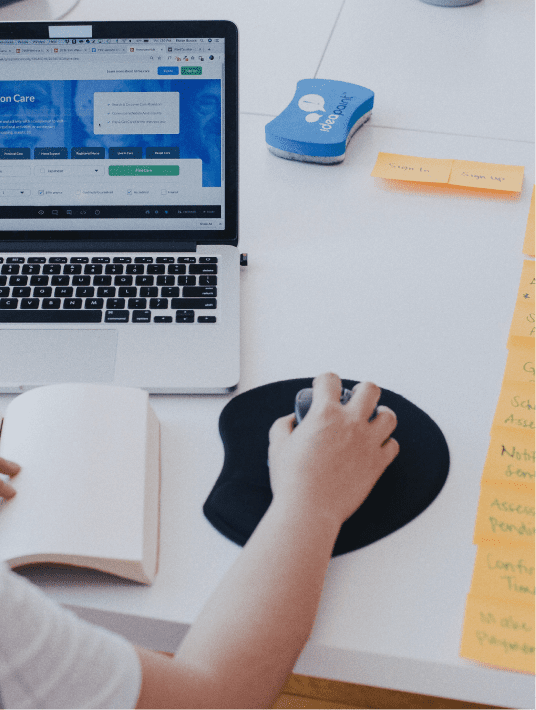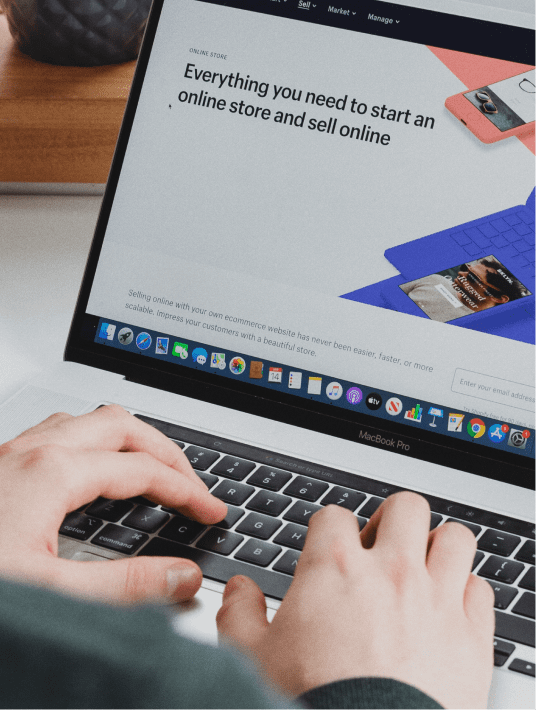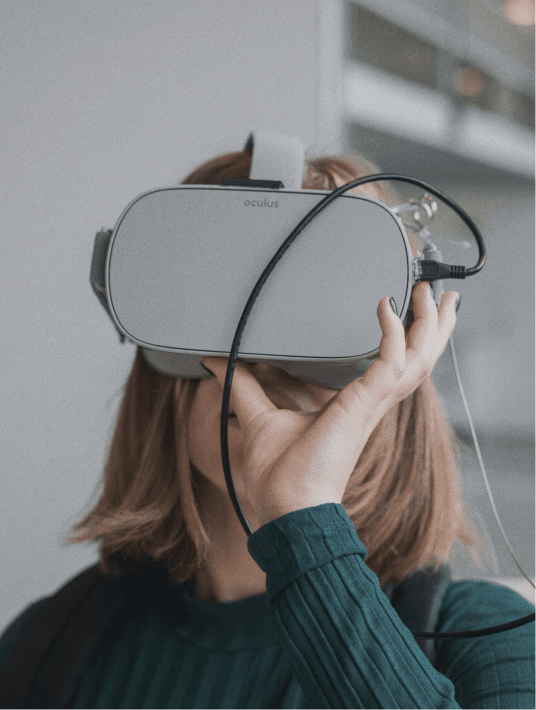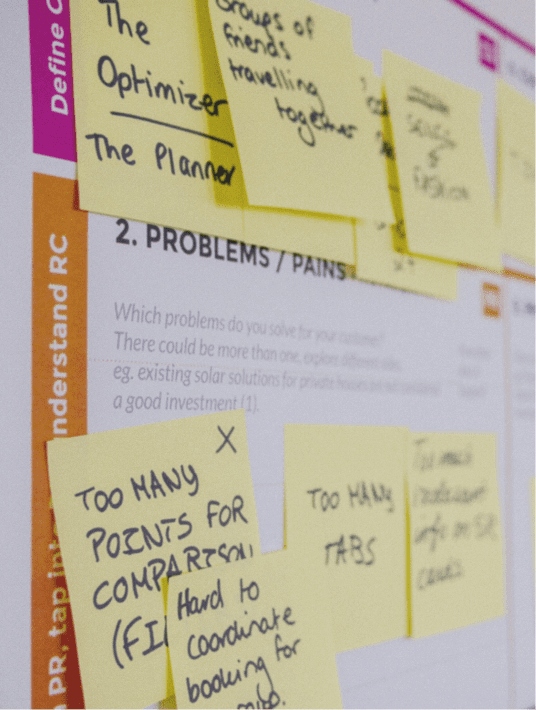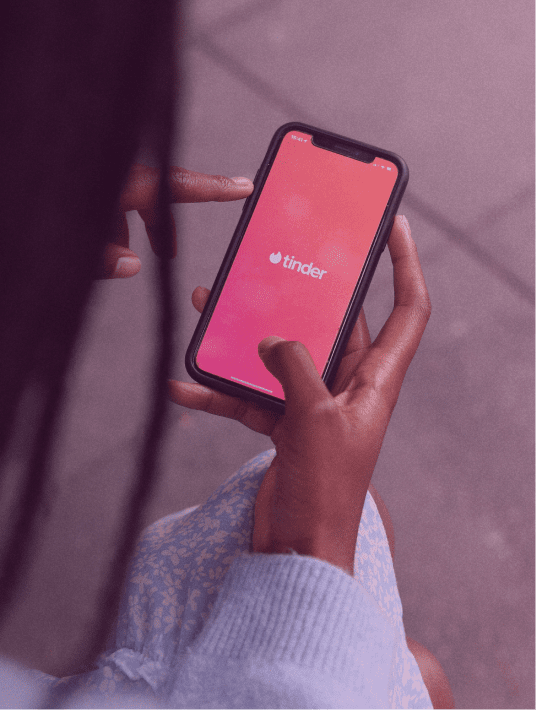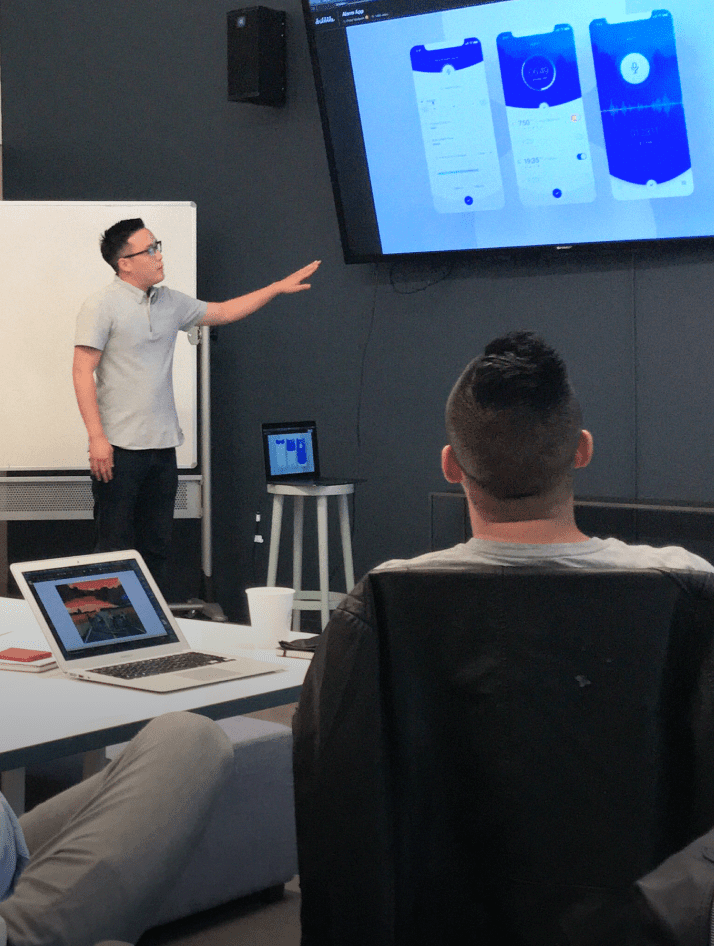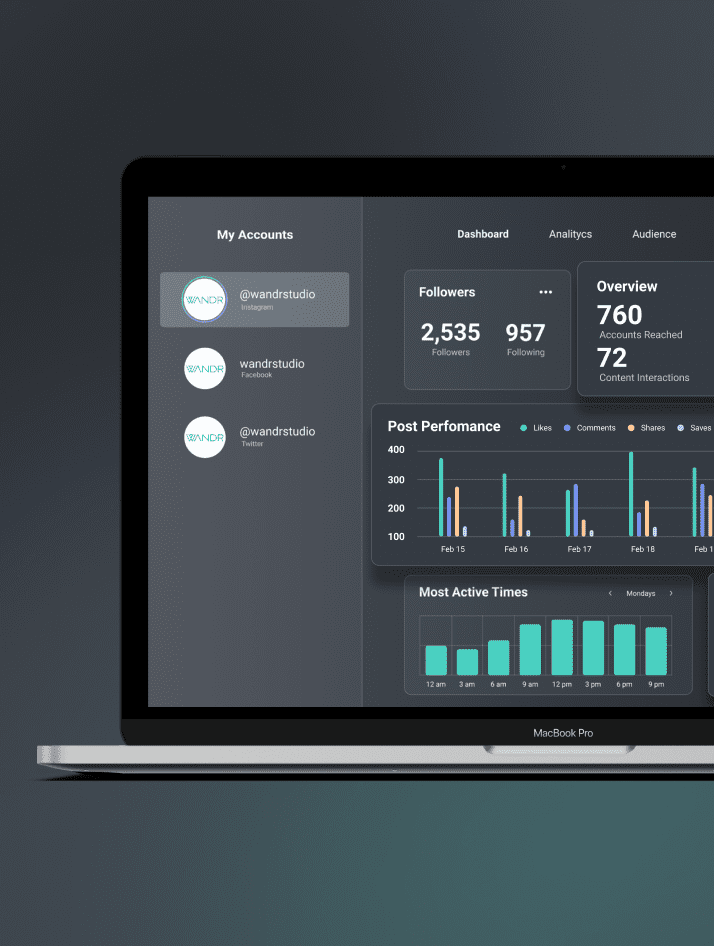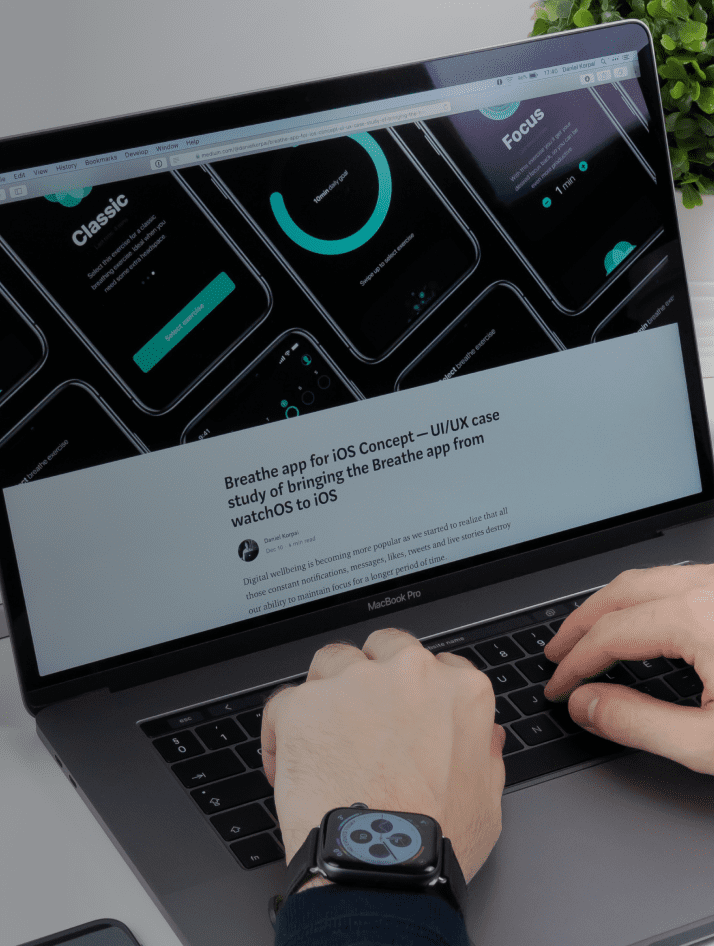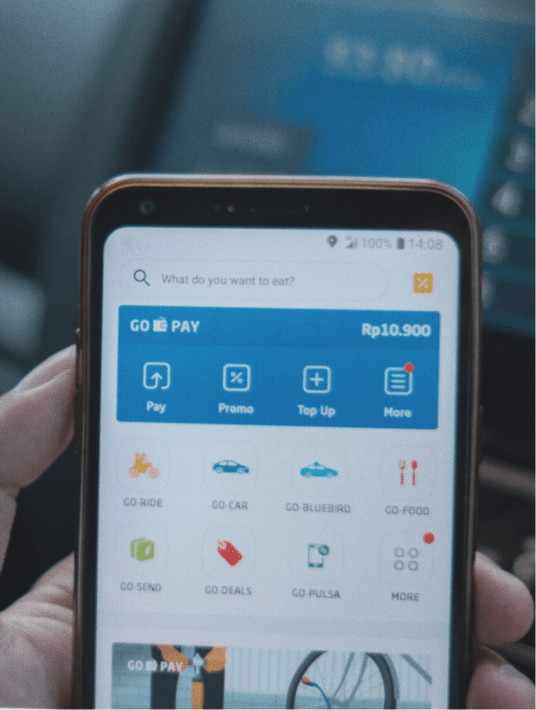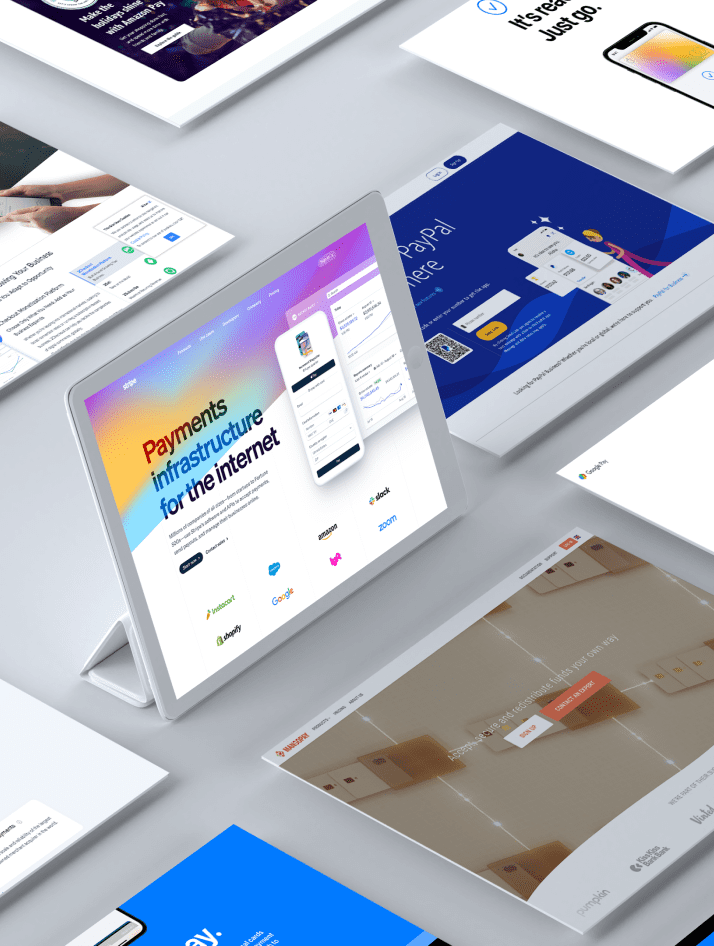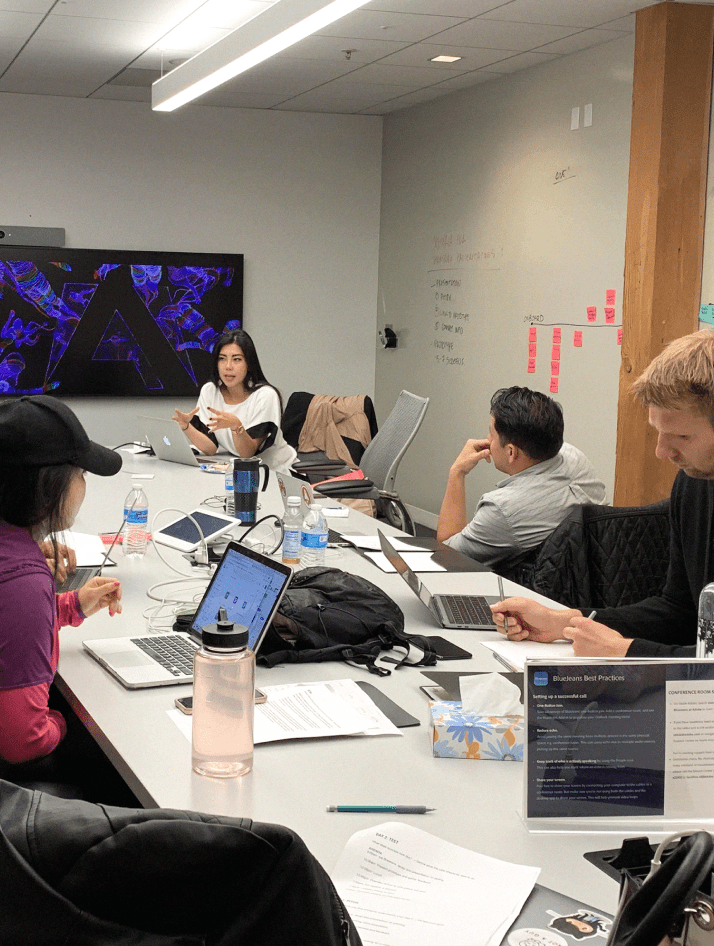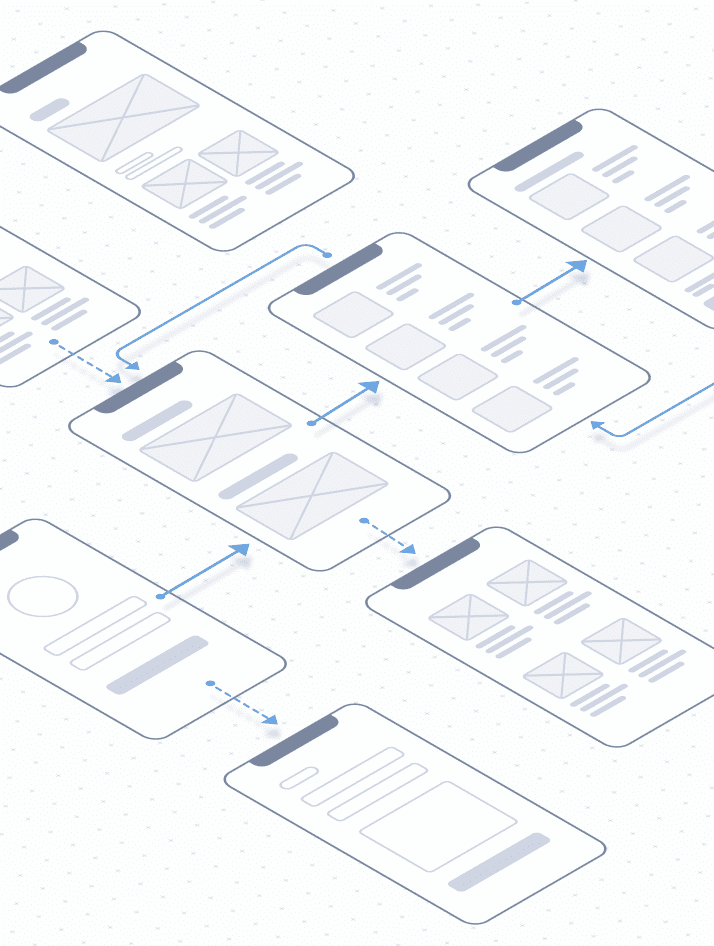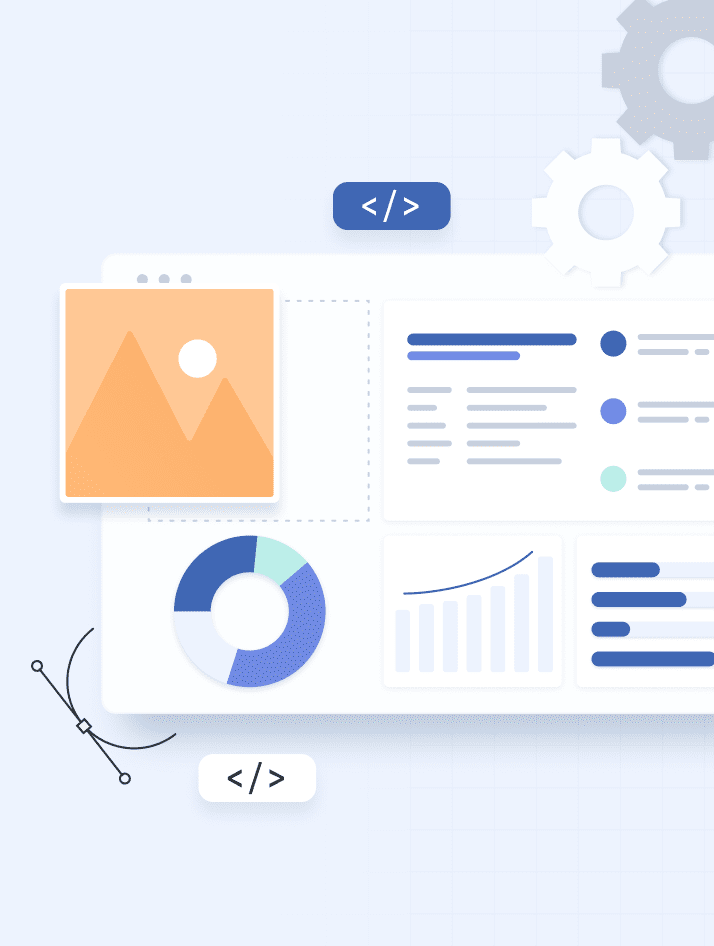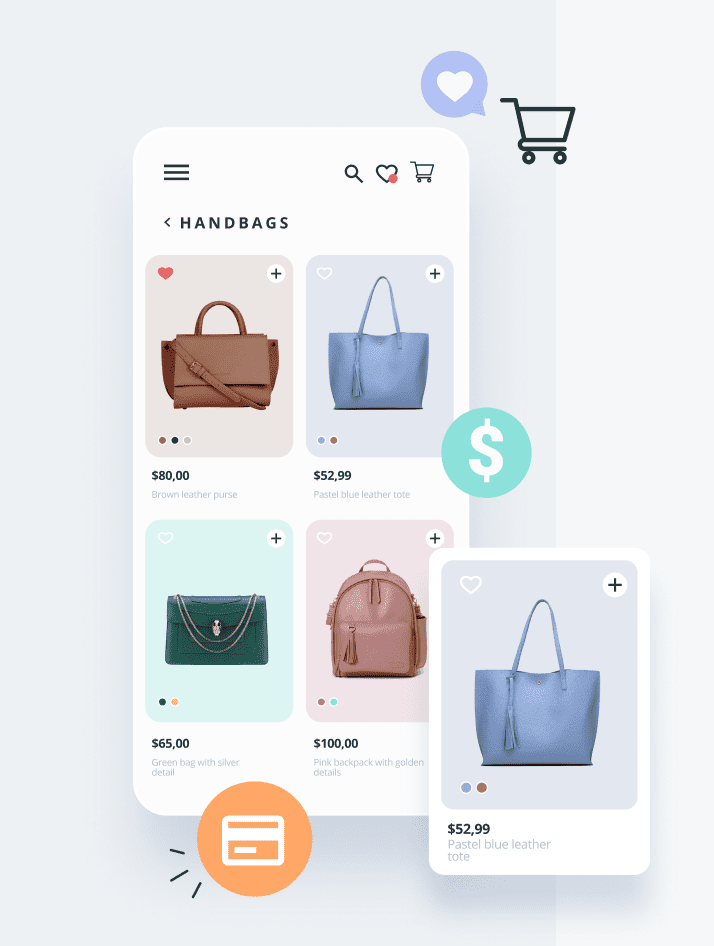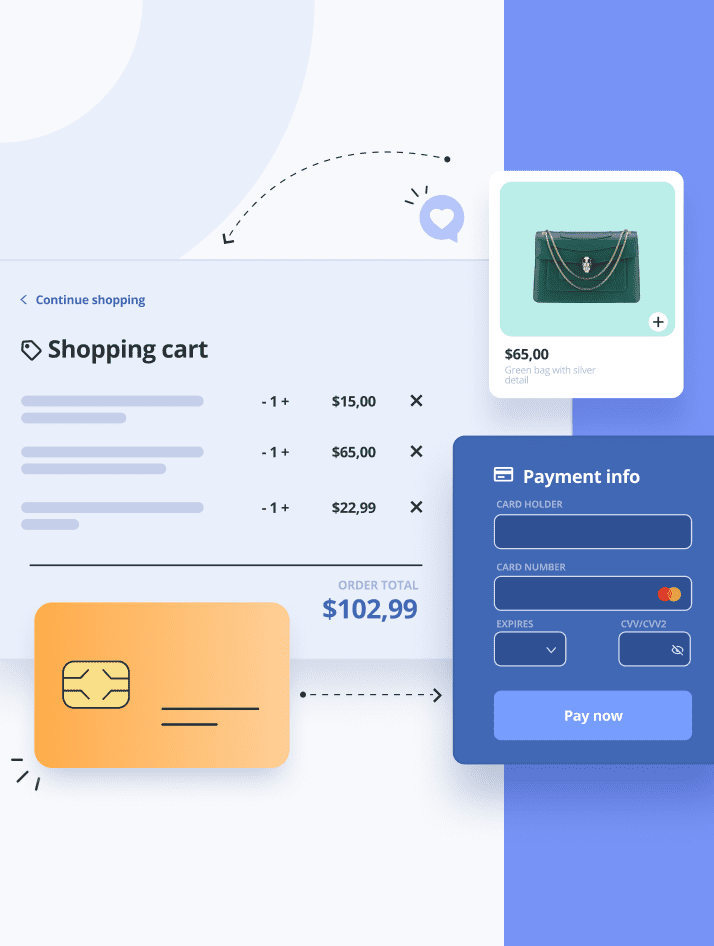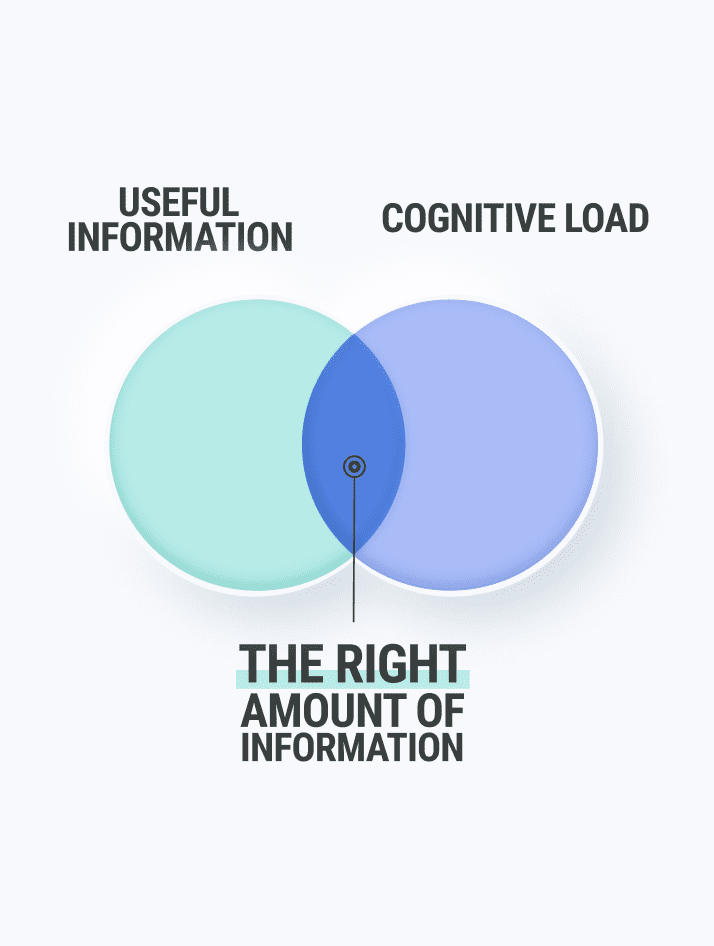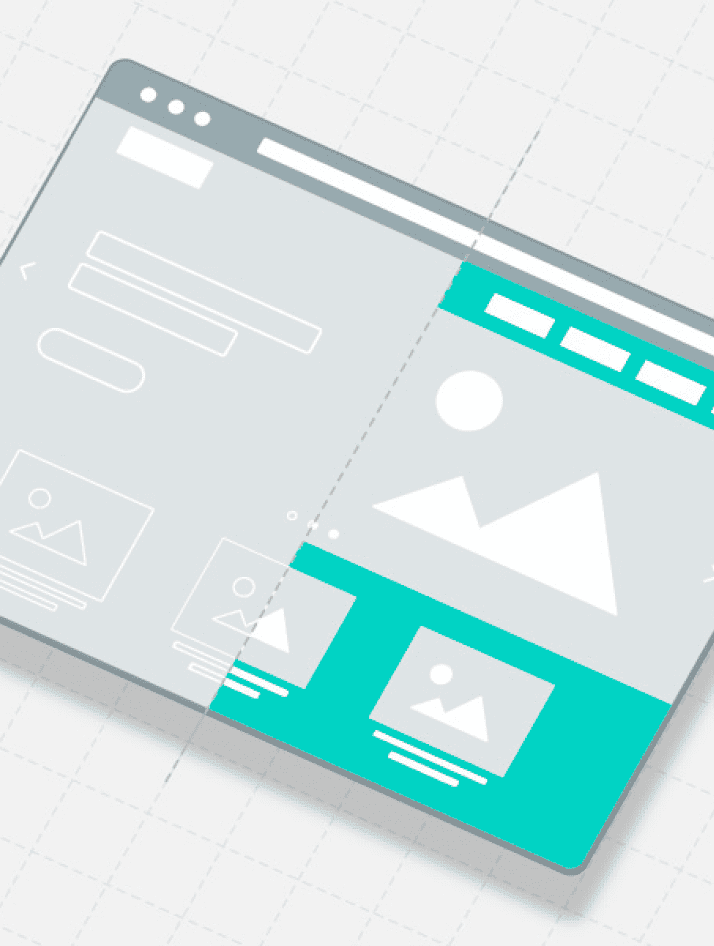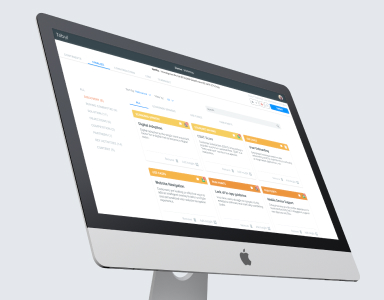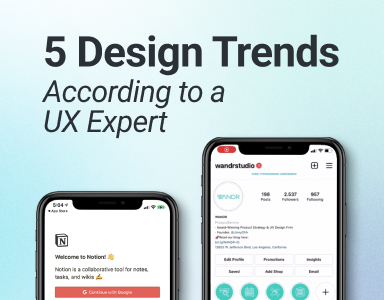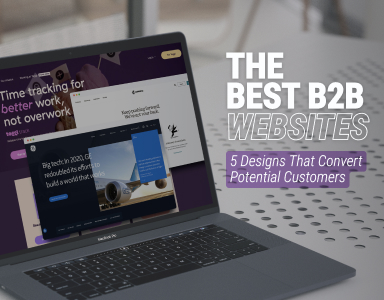Decoding UX Research & Design Dynamics
Discover the difference between UX research and design. Learn how proper research methods elevate product quality.

If you are considering design work for your company, read about UX research and UX design before checking out our UX services. Brought to you by WANDR, an award-winning UX design and product strategy firm.
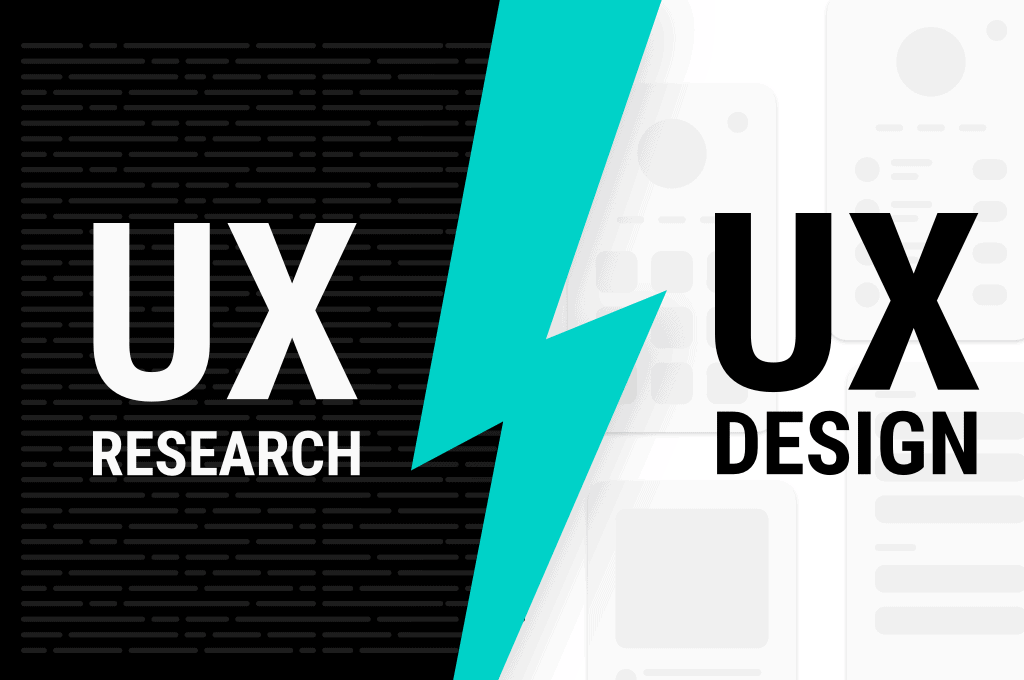
During the development of software, websites, or applications, companies often combine the roles of UX designer and UX researcher.
Separating these roles offers numerous advantages. Proper UX research methods make it easier to identify and understand the target audience's motivations.
Researchers specialize in user interface testing and market analysis to aid UX designers with their work.
Instead of requiring designers to handle UX research, explore the benefits of separating UX research methods and usability testing.
What's the difference between UX Research and Design?
UX refers to the user experience of an application. UX design services are responsible for developing a customer-friendly product.
Creating a customer-friendly product helps to understand customers!
UX research is the initial stage of development for a product or application. Before the design stage, we need to understand who we are designing for.
The initial research uncovers the motivations of customers. The problem is that designers rarely have the time or resources to complete user research on their own.
Larger companies often employ a separate UX research team (like us!). As with any project, allowing people to focus on the areas where they excel tends to lead to better results. The UX designer takes the insights obtained by the UX researcher to improve the design of the product.
While you may think you know the difference between UX research and UX design, it’s important to consider the details that make these processes differ from one another. To sum it up these two fields complement each other to deliver products that meet users' needs.
Each field, including product strategy is equally as important as the other, it’s in how they elevate your product in different ways that makes paying attention to these differences so crucial in understanding each one to utilize them to benefit your product.
Overview of UX Research and Methods
UX Research
Generally speaking, UX research is to measure and understand user behavior. More specifically the behaviors of your target audience. UX researchers work with qualitative and quantitative data to scope your target market as well, what is the current state of the market in which this product will be used? Asking the right questions is the researcher’s job, when they can provide and collect data-driven insights, you can properly address the needs of the consumers.
UX Research Methods
To develop a successful product, businesses should employ a variety of UX research methods. The most common user research methods include:
- Market research
- Customer surveys
- Feedback on existing products
- Usability testing and studies
- Final user interface testing
The first user research methods typically include market research and customer feedback. Researchers can use readily available market statistics and study feedback from customer surveys or reviews to begin shaping their UX research recommendations.
Usually these would involve:
- Interviews: During the interviews with participants the researcher will simply ask about preferences, interests, and even habitual tendencies. The purpose of this is to further understand the target audience and market.
- Surveys: Different from the questions asked in the interviews, surveys in UX research consist of questions that are geared towards understanding the user's problems and gathering insights about what needs to be improved. Surveys are typically a quicker way to get responses as opposed to interviews.
- Field Studies: Using field research in UX is critical to finding the most accurate results. Field studies involve being completely observational of your participants. Researchers are observing users in ideally a real-world context, how would they use this product in their everyday lives?
Analyzing the market and customer preferences provide initial insight. However, the UX methods for evaluating the user experience should continue throughout development.
After developing the architecture based on the initial UX research, usability testing helps designers uncover potential errors or issues that may hurt the overall user experience. In qualitative usability testing, the researcher instructs test participants to perform specific tasks within the product interfaces.
Usability testing can involve in-house testers or public testers. Allowing the public to interact with the application during this development stage offers more value. Before the designers finalize any of the features or design elements, they receive real-time feedback from actual customers.
Researchers often compile the feedback into a usability study. Designers then have additional recommendations for enhancing the overall quality of the product.
Designers complete the visual design of the product. Before launching the product, we recommend doing another user interface testing round. Identifying any issues that may impact the user experience is a lower product and capital risk before it goes into development.
UX researchers perform a variety of methods and tests to understand these questions and figure out the roots of your users' problems. Studying consumer behavior with interviews, surveys, usability tests, and more allows your team to provide sufficient evidence to make good decisions during the design phase. Rather than driving change throughout each stage, from design to engineering, with proper UX research, you can create an impactful and solution-oriented experience for users.
Overview of UX Design and Process
UX Design
After all the research has taken place and you have a good amount of usable insights from your consumers, it’s time for the designers to step in. In the design phase, you want to implement your findings from the research process to create functional features that address your users' pain points and problems to solve. The design process relies heavily on the research results, as we are ensuring that we meet our customers' needs, so referring back to your findings is critical.
UX Design Process
UX design encompasses the user interface (UI). With UI development, designers strive to improve the presentation. With UX development, designers work to improve the overall user experience. This includes the UI and everything that comes before it, including:
- Information Architecture
- Interaction design
- Usability
- Wireframes
Information architecture addresses the business's needs and the information the application provides to users. Interaction design focuses more on user interactions such as the types of elements or features. This involves:
- Conducting User Journey Maps: User journey maps are essential to mapping out the directions your customers will take as they use your product and ensure designers are checking to see that every step they need to take has no issues. Journey maps allow your team to visualize the experience you are creating and can be crucial to implementing changes during the design process.
- Designing Visuals: After all, is accounted for and user problems are addressed it’s finally time to design the product! When designing visuals, as we’ve mentioned, it’s important to constantly refer back to your findings from the research process, or else you could lose sight of what matters, your customers' needs
After developing the architecture, designers begin work on the usability of the product or application. The goal is to create a user-friendly interface that takes users to the information they require without any difficulties.
Designers then create prototypes and wireframes as a sample of the application. This process aims to display functions they plan to use and explain their visions to stakeholders, engineers, and others. These steps require knowledge of the end-user, which is why UX research is essential. To understand each layout process in-depth check out our other blogs on Prototypes and Wireframes.
UX design services is creating the product and features your users will be interacting with, and the one aspect that will face the market at the end of this whole process. It’s important to plan accordingly for what your product will look and feel like to users, for without their approval your product is a failure no matter how good it may simply look. Functionality is key in designing within UX, and it’s the designers' job to ensure the product is pleasantly functional, easy to use, and serves its intended purpose.
Advantages of Separating UX Research and UX Design
Traditionally, a UX designer works with other departments during the planning stage to create a framework that addresses the target demographic's needs.
UX designers may also perform their own UX research. However, designers have a lot of details to work with. Besides understanding the needs of customers, they need to program the interface, test for errors, and perform dozens of other tasks.
Adding UX research to the role of the UX designer creates a less efficient process. Designers end up with more on their plates, increasing the risk of mistakes and setbacks. This of course creates product risk which impacts capital risk.
In addition to reducing the burden on UX designers, separating UX research offers the following benefits:
- Increase the relevancy of the design
- Create a better user experience
- Understand the ROI of UX design
Here is a closer look at the top reasons to focus more on user research methods.
Usability Testing Increases Relevancy
Thorough user research tends to increase the relevancy of the user experience. Designers can focus on adding elements or features those users find most relevant to their needs.
Adding irrelevant features detract from the user experience. It makes navigation more difficult and wastes time and resources.
Customer surveys and feedback offer the most insight for creating relevant designs compared to other user research methods. These methods are best used at the beginning of the project to set the overall direction and scope.
Reviewing feedback from previous projects also aids with this process. Instead of repeating the same mistakes, your designers can find ways to deliver a product that connects with your potential customers.
UX Research Helps Create a Better Experience
The primary reason to utilize user research methods is to design better UX. Designers use the research to deliver a more pleasurable experience for users. Usability testing is a major part of this process.
Usability research should include testing to obtain honest, direct feedback from users. This remains one of the best UX methods for discovering the true motivations of your core audience.
Look for feedback related to the design and interface. Use the feedback to validate design choices or improve potential flaws.
This is also a method that designers and researchers should use throughout the development process. Continually test changes or variations to remain on track. For example, A/B split testing with real users allows designers to determine which variation works best.
UX Research Methods Help Analyze the ROI
In addition to delivering a better user experience, the usability study helps analyze return on investment (ROI).
Usability research helps account for changes in the design that provide positive results. This research allows designers and researchers to analyze the value of their efforts.
For example, user research may uncover that design updates helped increase sales or bring in more customers. Connecting the increases with the design changes gives executives and shareholders a better understanding of the ROI of usability research.
To measure the ROI of UX research, implement analytics, and track changes after redesigning the project elements.
Last Thoughts on UX Research in the Design Process
Smaller businesses often overlook UX research during the development of products, software, and applications. Even without a dedicated UX research team, every design process should include the latest UX methods and usability research techniques.
Through UX research, we uncover valuable insight into the motivations of our target audience. The key UX methods to include are initial market research and usability research through user interface testing.
Based on usability testing, researchers compile a usability study. Designers use the usability study as a roadmap for creating a better user experience.
Instead of requiring UX designers to handle user research, consider a dedicated User Experience (UX) consultants and research team.
Takeaway
UX research and UX design go hand in hand when creating a successful and functional product. Many people overlook the importance of the research process and jump right into the designs, or they spend too little time on the research and are left with a product full of issues for the users. Both UX research and UX design are critical to elevating a product to its best potential while also addressing its issues at the core. When utilizing both of these fields together, you can ensure your users are left with a positive user experience.
Interested in working with WANDR? Book a free consultation call with our team here.
Let us know in the comments below or talk to us on LinkedIn, Instagram, Facebook, or Twitter.


